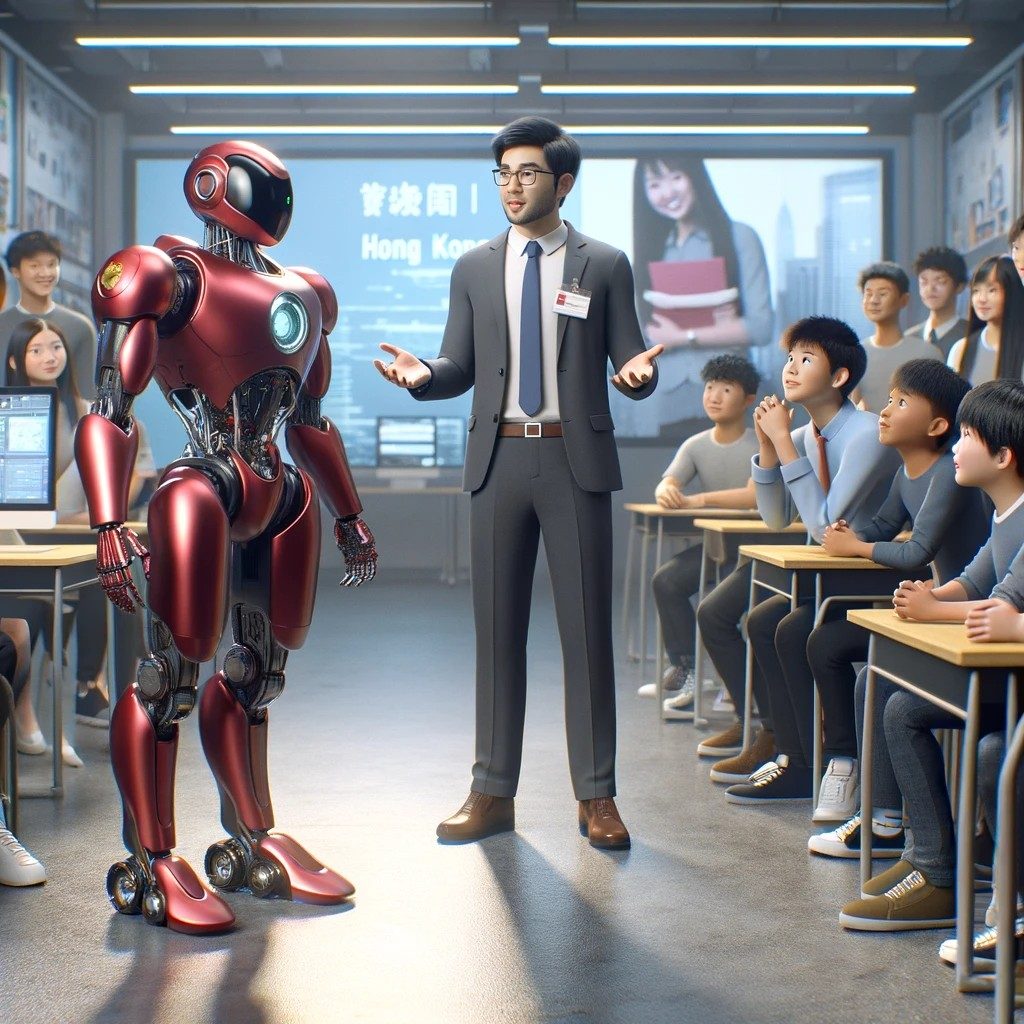In an era where artificial intelligence (AI) is rapidly advancing, the domain of video editing is experiencing a significant transformation. The latest development in this field is unveiling the “1stAI Machine,” a novel AI-driven physical device for video editing. This device, introduced by Runway ML, a generative AI video startup, marks a pivotal shift from traditional software-based editing to a more tangible, hardware-oriented approach.
The 1stAI Machine, as showcased by Runway ML’s CEO Cristóbal Valenzuela, is described as the first physical tool designed specifically for AI-generated video editing. This groundbreaking device emerges as a potential game-changer in media production, offering a unique blend of physical interaction and AI-powered capabilities.
Design and functionality: A new editing experience
The design of the 1stAI Machine is notably distinct, resembling a sound mixing board but larger than the average modern laptop. It features a range of physical dials and knobs, allowing users to control various input styles and treatments. This tactile aspect of the device adds a new dimension to the editing process, diverging from the conventional mouse-and-keyboard interaction of software programs.
In terms of functionality, the 1stAI Machine is equipped with multiple screens and control sections. It enables users to select and manipulate storyboards, apply styles, and choose music for their video projects. The device primarily utilizes storyboards from well-known films, which are then transformed through Runway’s Gen-2 AI model to create unique, AI-generated videos. This process simplifies video creation and opens up new avenues for creative expression.
The path to innovation: Beyond prototyping
While the 1stAI Machine currently stands as a singular prototype, its introduction has sparked considerable interest in the potential of AI hardware in creative industries. Miguel Espada, co-founder of SpecialGuestX and the lead creative behind the device, confirmed no immediate plans for commercial sale. However, the overwhelming response and curiosity it has generated suggest a promising future for similar innovations.
The concept of AI-driven hardware for creative applications is not entirely new. The emergence of devices like the Ai Pin from Humane, another AI hardware innovation, indicates a growing trend. This device, formed by ex-Apple engineers, is a personal assistant and potential smartphone alternative powered by OpenAI’s GPT-4 model. Such developments underscore the expanding role of AI in various sectors beyond just software solutions.
Implications and Future Directions
The advent of AI hardware like the 1stAI Machine represents more than just technological advancement; it reflects a paradigm shift in how creative processes are approached. Traditionally, video editing and other creative tasks have relied heavily on software-centric methods. The introduction of dedicated AI hardware challenges this norm, suggesting a future where physical interfaces play a more prominent role in creative workflows.
Looking ahead, the potential applications of AI-driven hardware are vast. From professional film editing to live event productions, devices like the 1stAI Machine could offer more intuitive and engaging ways to create content. Additionally, incorporating user-generated materials and custom styles in future iterations could further personalize the video editing experience.
In summary, unveiling the 1stAI Machine by Runway ML is a significant milestone in the intersection of AI and video editing. It introduces a novel tool to the market and paves the way for future innovations in AI-driven hardware for creative industries. As technology continues to evolve, it is clear that AI will play an increasingly integral role in shaping the landscape of media production and beyond.





